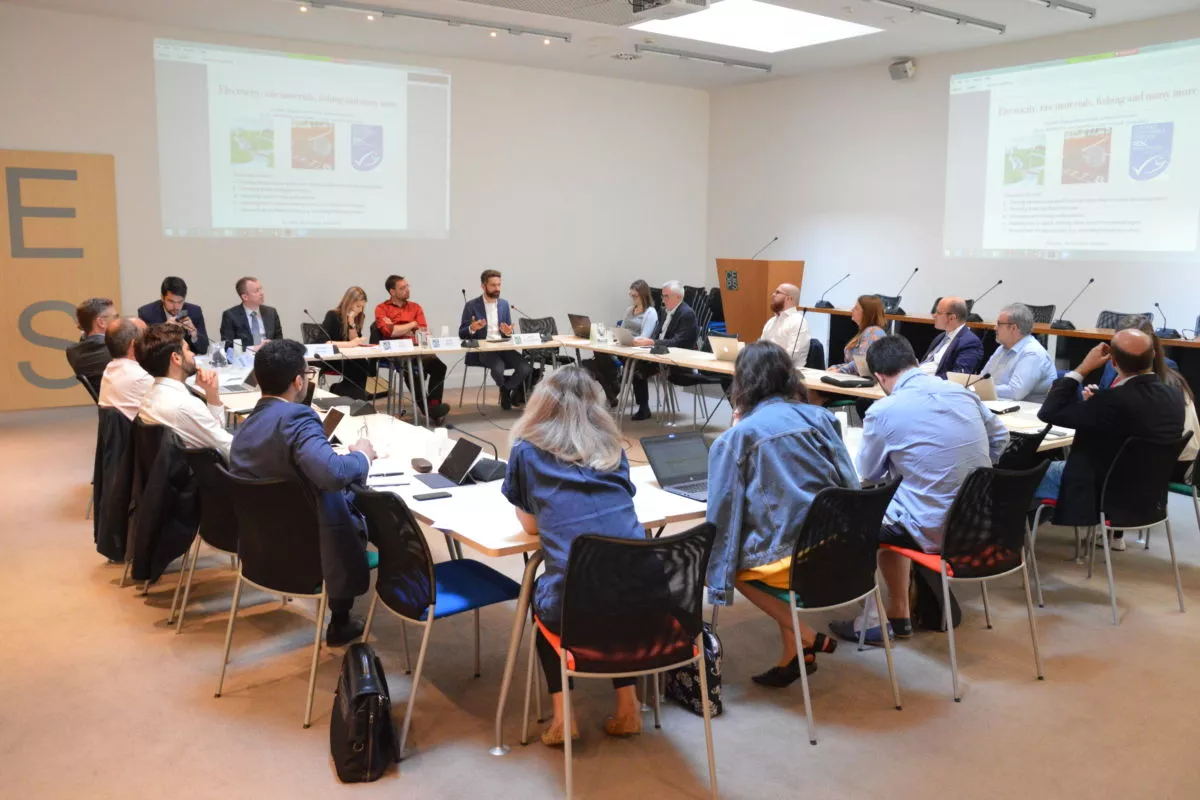According to the EU ETS Directive (Art. 1), the objective of the ETS is to “promote GHG reductions in a cost-effective and economically efficient manner”. Hence, the over-arching objective is cost-effective achievement of a politically given target. By some, including most conventional economists this is construed as a call for the lowest possible EU allowance price, for example allowing the use of as many offsets as possible – provided they reflect real reductions to reach a given objective. Others fear that the EU risks being locked-in into high-carbon technologies, which, once carbon carries a higher price could lead to its industry becoming uncompetitive. This points to a fundamental debate within the EU and elsewhere; what exactly is the role of the ETS is, whether it is to drive the transformation towards the low-carbon economy and, what role does the EU allowance (EUA) price play? One should not forget that the price signal is essential but most likely on its own it will not suffice. Another question then is whether the ETS following the substantial revisions agreed in 2008 creates a ‘proper’ price signal. If not, would there be tools to help generating a ‘more appropriate’ signal.
There is a – sometimes confusing – political debate on the ‘right’ ETS EUA price, a possible lack of a price signal and potential measures to address this apparent problem. Especially supply side measures are increasingly part of the debate around effectiveness of the EU ETS, notably the risk that oversupply could hamper the carbon price signal. An important question is whether or not scarcity is still ensured in the market and will be over phase 3. Supply side measures could either remove or add supply to the market and could consist in setting aside (or releasing) a certain number of allowances from the yearly auction volume, introducing a price floor (and possibly ceiling), more active price management and oversight through a central independent institution (carbon bank proposal) etc.
The Task Force on “Does the revised EU ETS market provide the ‘right’ price signal?” will be chaired by Henry Derwent, President and CEO of the International Emissions Trading Association (IETA) and previously Director for the UK Government, overseeing among other things the UK’s role in the international negotiations and the development of emissions trading at national and EU level. Rapporteur will be Christian Egenhofer, Senior Research Fellow and other researchers from the energy and climate team.
Chair:
Henry Derwent, CEO & President, International Emissions Trading Association (IETA)
Rapporteur:
Christian Egenhofer, CEPS Senior Research Fellow – Head of the Energy and Climate Programme
Meetings:
1st: 28 October 2011 (Agenda)
2nd: 15 December 2011 (Agenda)
3rd and final meeting: 26 March 2012
Prospectus (including agenda and registration form)
Click here to download the Task Force report: Reviewing the EU ETS Review?
Presentations 1st meeting
Is there a need for supply-side management measures in the EU-ETS? Isabelle Curien, Carbon Analyst, Commodities Research, Deutsche Bank
20 years of carbon pricing in Sweden 1991 – 2011. History, current policy and the future – Ministry of the environment, Sweden
Does the EU ETS produce the ”right” price signal? Stig Schjølset, Head of EU Carbon Analysis, Point Carbon
Presentations 2nd meeting
Fixing ETS – Sam Van den Plas, WWF European Policy Office
Carbon Price Stability in the EU ETS: Reflections on the Australian Approach – Thomas SPENCER, IDDRI
Long-term and effective GHG abatement through the EU ETS and complementary measures – Tomas Wyns, CCAP Europe
UK policy on carbon markets. UK Carbon Price Floor & EU ETS – Niall Mackenzie, Head, National Carbon Markets, Department of Energy and Climate Change
Strengthening the EU ETS: Objectives and options – Michael Grubb, Chair of Climate Strategies and University of Cambridge Centre for Mitigation Research & Karsten Neuhoff, Head of Department Climate Policy, DIW Berlin









